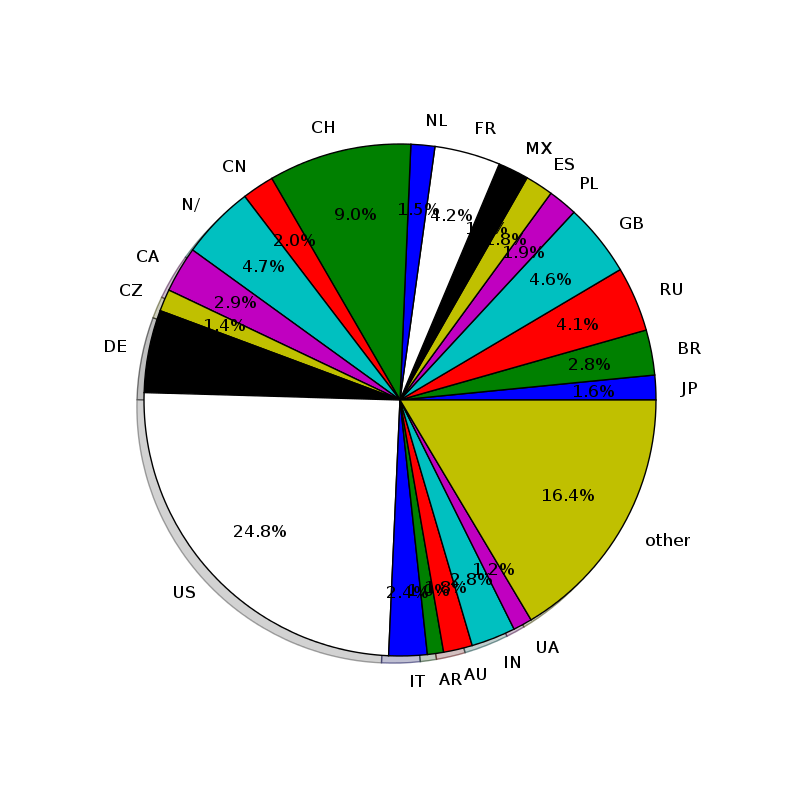After many years the whole RPM Fusion repository has grown to over 320GB. There have been occasional requests to move the unsupported releases to an archive, just like Fedora handles its mirror setup, but until last week this did not happen.
As of now we have moved all unsupported releases (EL-5, Fedora 8 - 25) to our archive (http://archive.rpmfusion.org/) and clients are now being redirected to the new archive system. The archive consists of 260GB which means we can reduce the size mirrors need to carry by more than 75%.
From a first look at the archive logs the amount of data requested by all clients for the archived releases is only about 30GB per day. Those 30GB are downloaded by over 350000 HTTP requests and over 98% of those requests are downloading the repository metdata only (repomd.xml, *filelist*, *primary*, *comps*).
